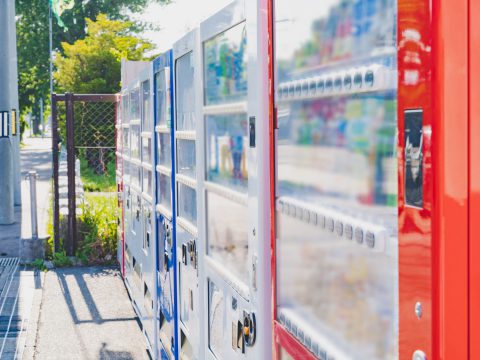Tips for Commuting in Japan 通勤
WORK’IN JAPAN
19.02.2021
Tips for Commuting in Japan 通勤
Thanks to the well-connected transportation systems, most employees commute to work by public transportation. But, due to high population density, people spend on average 80 minutes commuting in a day on overcrowded trains. Commuting in Japan seems to be a dreadful experience for foreigners. Besides, knowing etiquettes is important to survive in Japan with no exception for the trains. So, this article aims to teach you how to prepare for committing in Japan so that you can get to work safely.
Getting on the train
Know where you want to go,
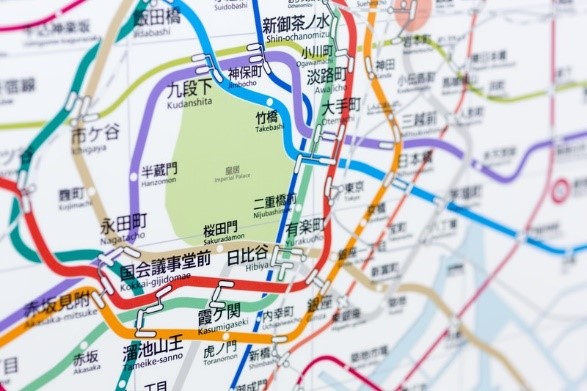
Knowing where you want to go is an important part of commuting.
You should remember,
(1) the name of the station
(2) which train line you will be using
It is important to be aware that various train companies are running across each other in cities. For example, when you want to go to Tokyo station, you must remember whether it is JR (Japan Rail) line or the Tokyo Metro line. It is easy to mix up these 2 stations. Also, when you need to transfer from the JR line to the Metro line, you need to exit the JR station to get to the Metro station. Usually, the name of the rail company is clearly marked in English, Chinese and Korean.
Buy tickets
You need to buy the ticket before you hop on the train. Purchasing IC cards is highly recommended (Suica in the Kanto region and Icoca in Kansai Region). It saves you the trouble of calculating fare and buying train tickets on every trip. It works like a prepaid IC card and you can charge a minimum of 1000 yen. Also, IC cards can be used at convenience stores and coffee shops.
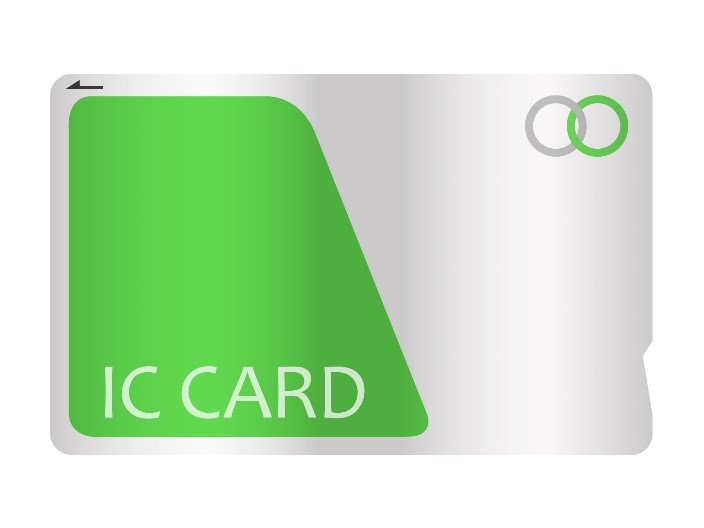
Let people get off first
Japanese transportation system is all about efficiency. For the sake of smooth transition of people, always let people get off first. You need to be patient not to hop on the train until every passenger gets off. Every train platform indicates where to wait for the trains, so stand in the line while waiting.
Always clear up the entrance
Once you hop on the train, you should avoid standing in front of the entrance. Proceed to the back of the car or stand beside the entrance. Place your bag on shelves above seats or hold your bag in front of you so that it won’t disturb others.
Avoid making big sounds
since it is advised to be silent on the trains, most people use smartphones or read books on trains. When you want to talk with your friends, it is recommended to chat quietly. Also, be careful with sound leaking from your earphones as most people are annoyed by it.
Avoid eating
You can eat food on long-distance trains such as bullet-trains or “shinkansen”. However, on local trains, it is a good idea to refrain from eating food with a strong smell.
Women-only cars
Sadly, sexual harassment is still a big problem on the trains. Due to this problem, there are women-only cars on almost every train during rush hours. Women-only cars are usually placed on the first or the last car of the trains. Utilize this car if you want to avoid intimate contact with strangers on overcrowded trains.
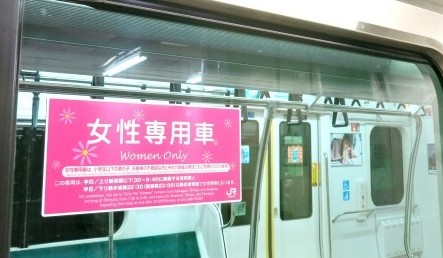
Exit gate
When you exit the station, you need to leave through the exit gate. Insert a train ticket or pay with your IC card. If your IC card does not have enough money, you can use a ticket machine placed beside the exit gate.
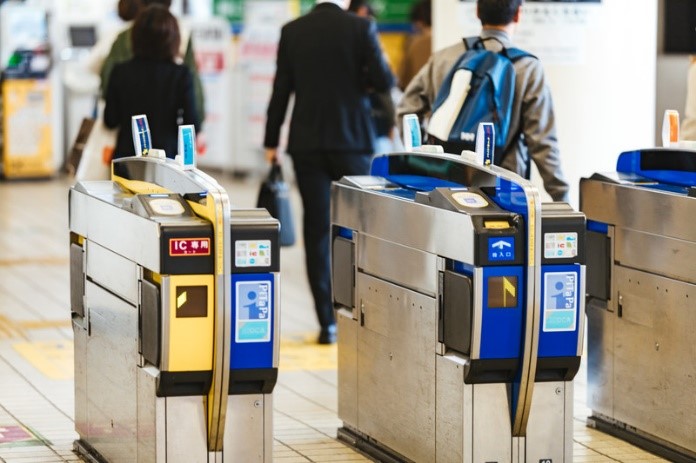
Find your exit
The Japanese train station is quite well-known for its complexity. Especially, it is easy to lose your way in big stations. To avoid troubles, you should research which exit you need to use to get to your destination.
I hope you are familiar with train manners on Japanese trains by now. To conclude, there are informal rules that you must follow when using trains in Japan. I wish you have a comfortable trip to your destination by remembering tips from this article.
Also, when you get lost on the train, don`t hesitate to ask railway employees. They usually don`t speak English, but they can navigate you when you know which station you want to go to.





